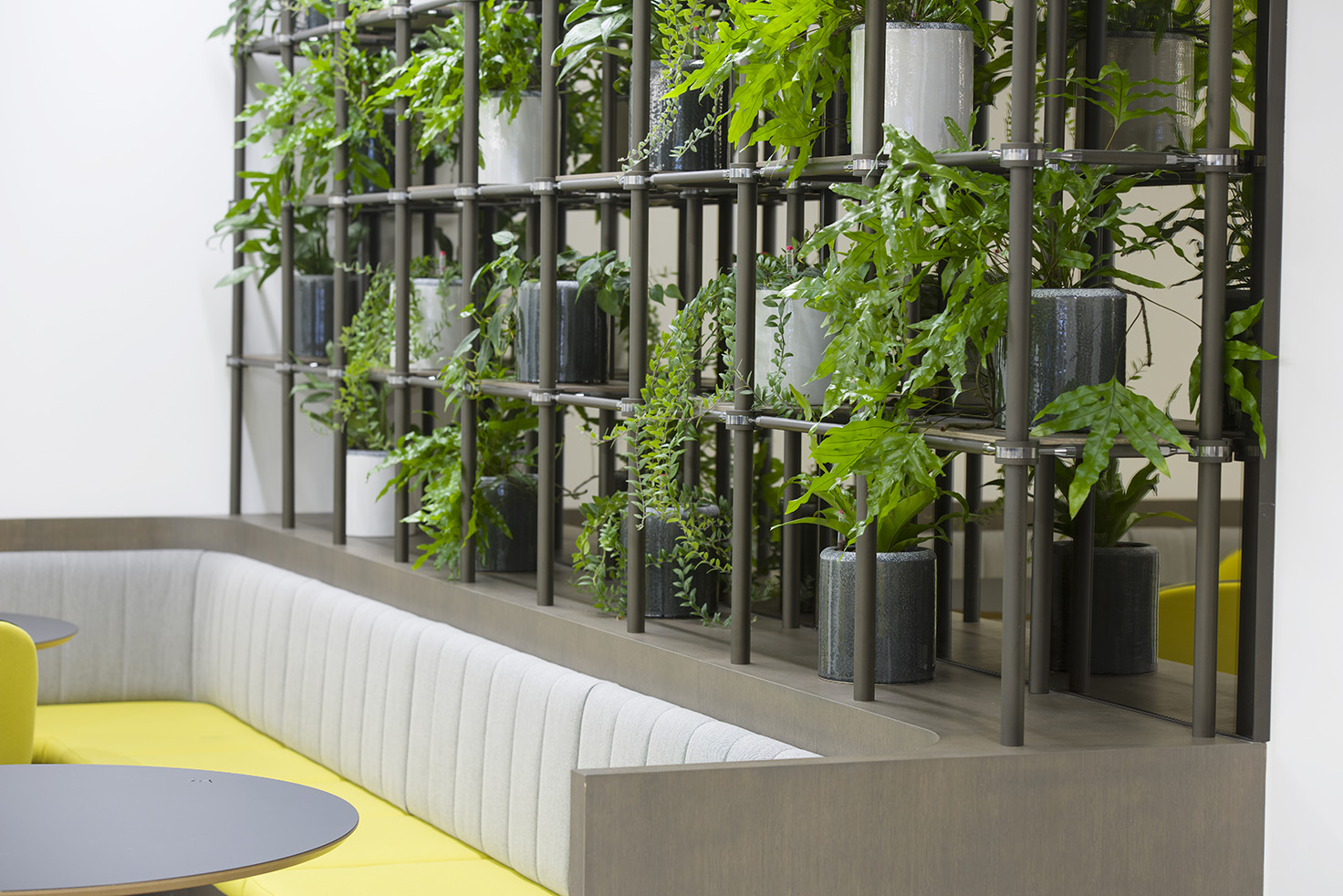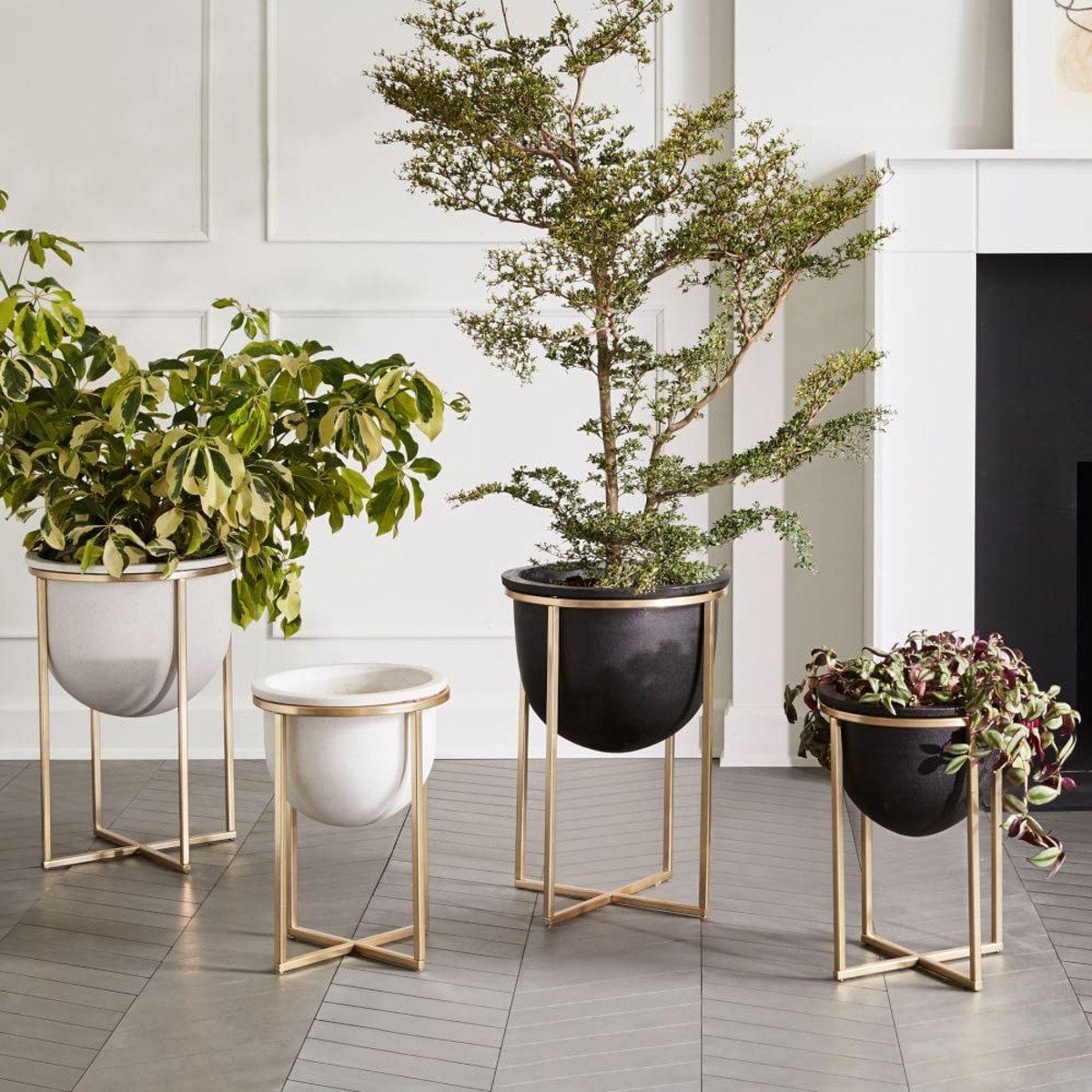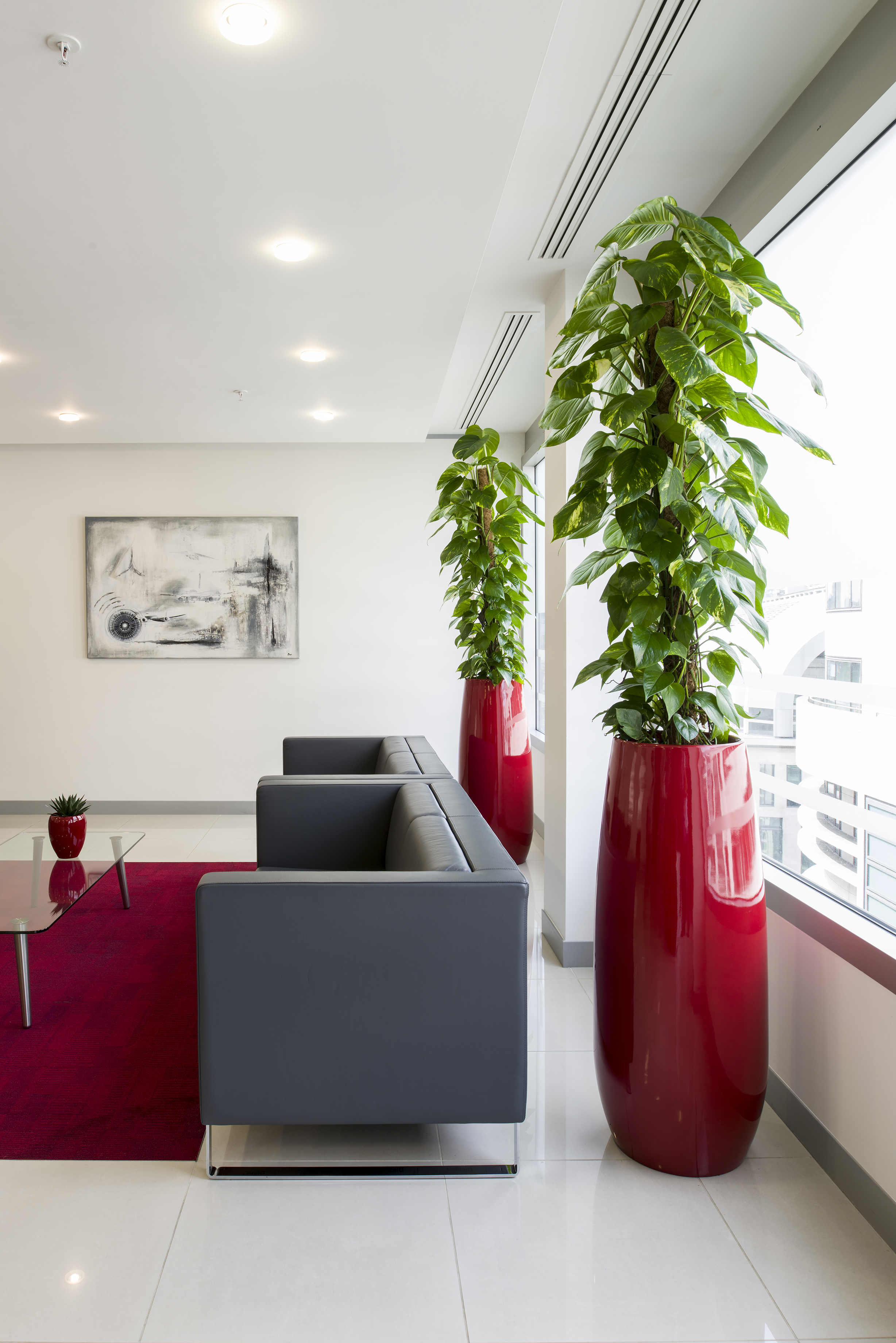Outside spaces at the workplace can often be forgotten about, but we’re looking to change that. An outside space can be a place for relaxation, re-energising, and creativity. We strive to encourage more businesses to incorporate popular biophilic trends by blurring the lines between indoors and out – and we love to discuss the benefits of doing so.
Here, you can learn about some of the best ways to use your outdoors spaces, as well as how to bring a piece of the outdoors into your establishment with indoor office plants.
Flexible Meeting Spaces
If you’re working in close proximity to a park or garden, using this space to hold meetings could prove to be great for morale – especially during warm weather. Of course, we wouldn’t recommend hosting any meetings that will include information that is confidential to your clients, but taking a break from the office to discuss internal changes, processes or brainstorming will maintain efficiency with time, and may even help your workers to stay productive later into the working day.
Informal Lunch Area
Many offices have difficulty keeping their indoor air quality at healthy levels, so encouraging staff to take a break in the outdoors can improve health and concentration. Particle pollution is known to poorly affect physical and mental health, and indoor spaces are typically ten times worse for this pollution than outdoors. Taking a break from particle pollution can do wonders for the help and headspace of your staff, so if it’s a nice day – why not suggest a picnic? Ideally, if you do have some viable outdoor space at your office, providing table and chairs to create an alfresco area which can be used for eating, taking a coffee break or having an informal meeting is an excellent idea.
Breakout!
Help to boost health and wellbeing, by turning your outdoor space into a useable attractive area for a quick spell outside for formalised lunchtimes. When under duress a break outside can help staff to reset and return with a fresh can-do attitude, whether they’ve just struggled with an intense call with a client or business partner, or a busy morning with back-to-back activity. Plants and nature have plenty of restorative qualities. Your business could easily be enjoying these benefits with minimal cost. The added benefit of topping up vitamin D levels in the sunshine and taking in the view of green plants will also help to improve immune systems to work optimally and keep your workforce healthier and happier.
Bringing the Outdoors IN
In many cases, a green attractive outdoor space may not be within a lunchtime walking distance of the office. And you may not be lucky enough to have accessible outdoor space of your own. In this case, you may be looking to bring aspects of the outdoors into your workspace so that staff and guests can still reap some of the benefits of natural elements and plants.
Looking around your office, you may find some areas that can easily be converted into a green space. Think about you dining area, or communal areas such as locker tops, or break out rooms. Here are some popular methods that modern businesses use to bring biophilic benefits into their place of work:
Entrances
Often overlooked but integral to the first impressions of your business, the entrance can be a fabulous place to start adding some greenery. Not only important for your guests, a green entrance will suggest positivity to your workers as they enter and leave your establishment.
There are a number of methods for increasing your kerb-appeal, including window boxes and external green walls, but you might also choose to add an internal moss wall to your lobby area, large and unique planting options by the door, and table posies in waiting areas.
If you’re interested about installing a moss wall or green living wall for your business, we recommend reading our blogs on this topic:
It’s Alive! Buildings with Living Walls
Roof
Green roofing is a brilliant idea – looking out for your office window, a green roof nearby brings brilliant rural landscapes a little closer to city-orientated businesses. Our brains respond very positively to colour, and views to nature so the sight of a verdant green roof could prove to be quite inspiring, boosting productivity and creativity.
There may be a group near you that you can help to get involved with green initiatives. A BID (Business Improvement District) will typically group neighbouring businesses in an effort to improve their local working area together, and sometimes, this might include making their views greener by collaboratively installing green roofs.
Balcony and Terraces
Balconies and terraces can be a great place for workers to enjoy a brief respite in the fresh air, but you can bring nature even closer by installing some beautiful window boxes or planters to add to the relaxing vibe and make them visually beautiful.
Could your business be making more of outside spaces, or is it more feasible for you to create some green spaces inside your own office area? We love all things biophilic and can help you with any green design queries that you might have, so speak to one of our friendly team about your ideas soon.

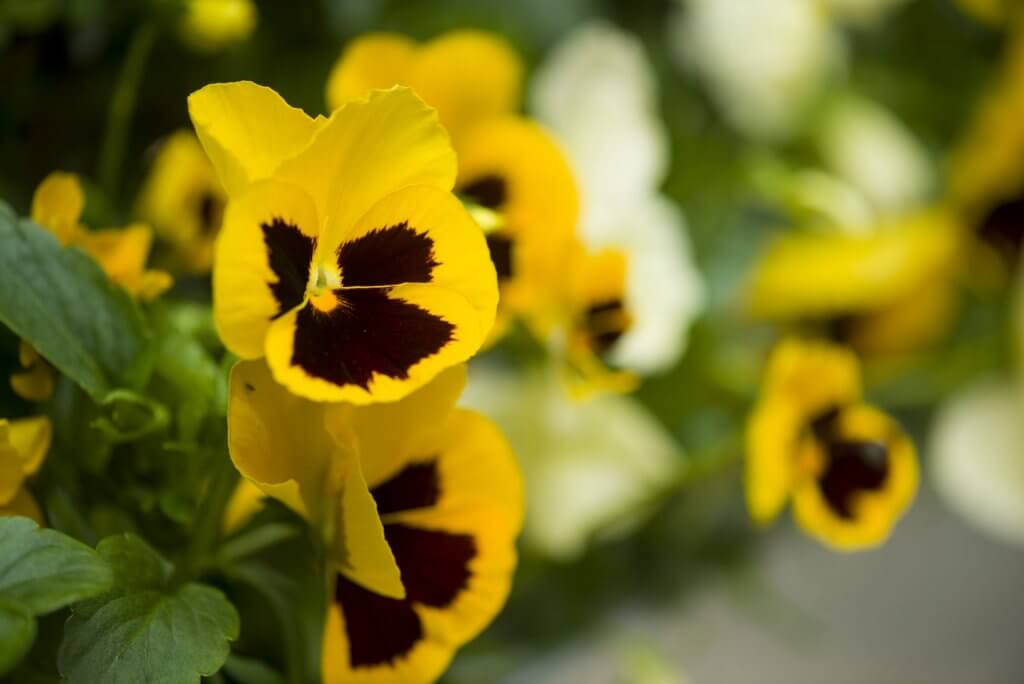
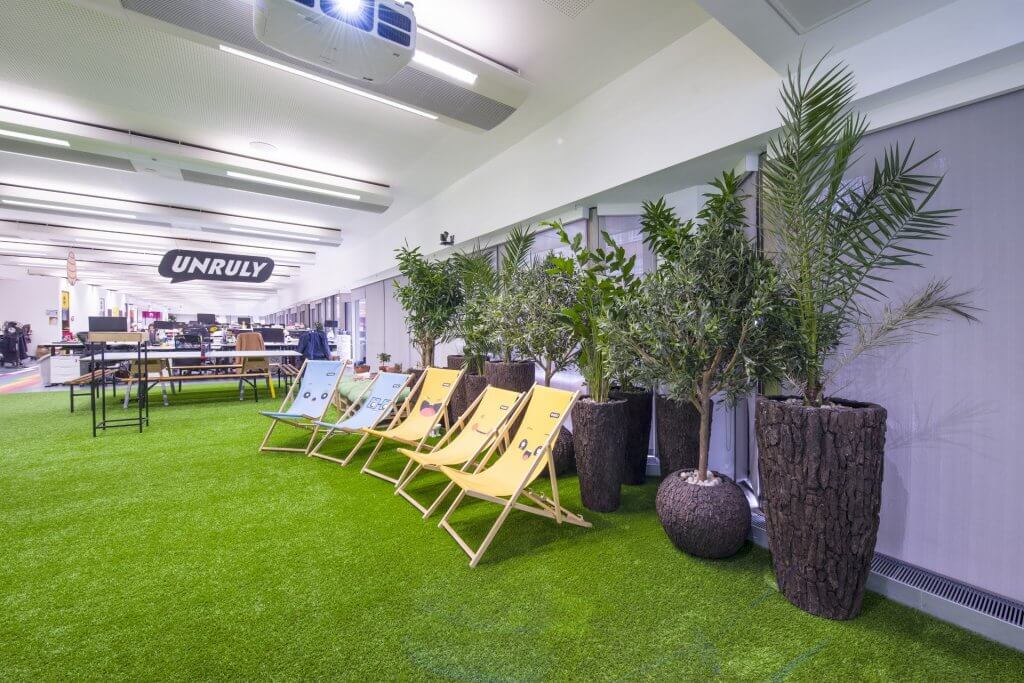
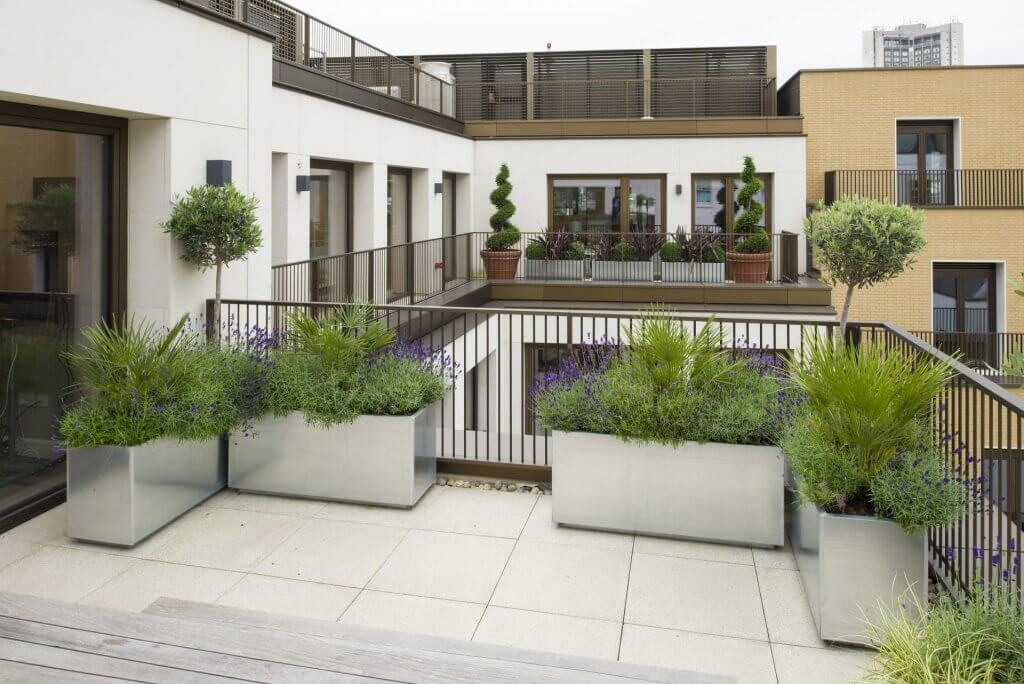
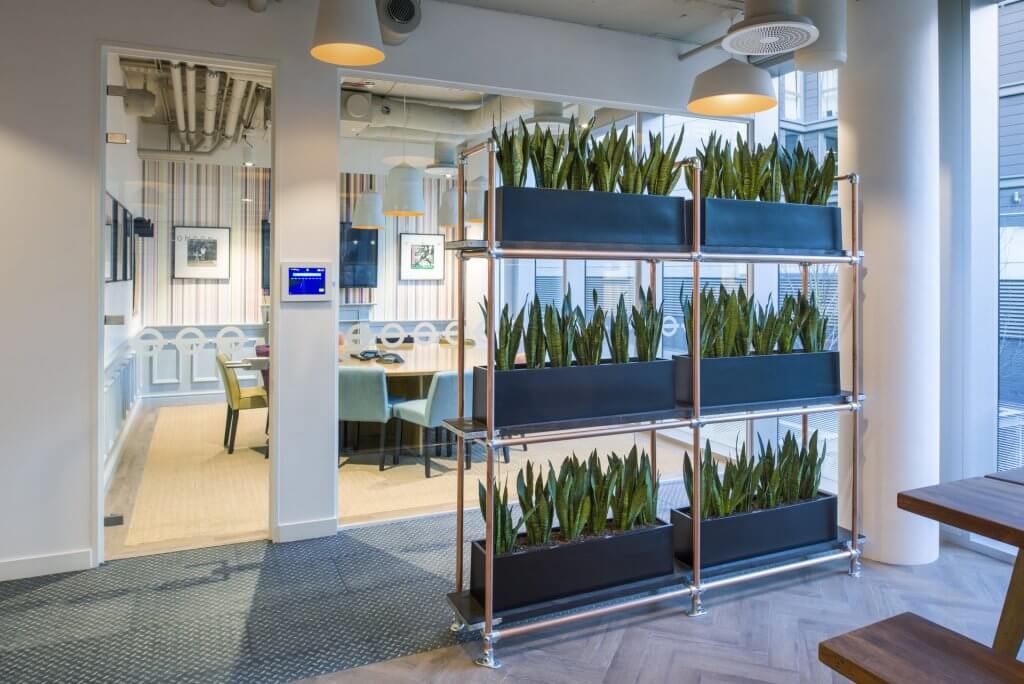
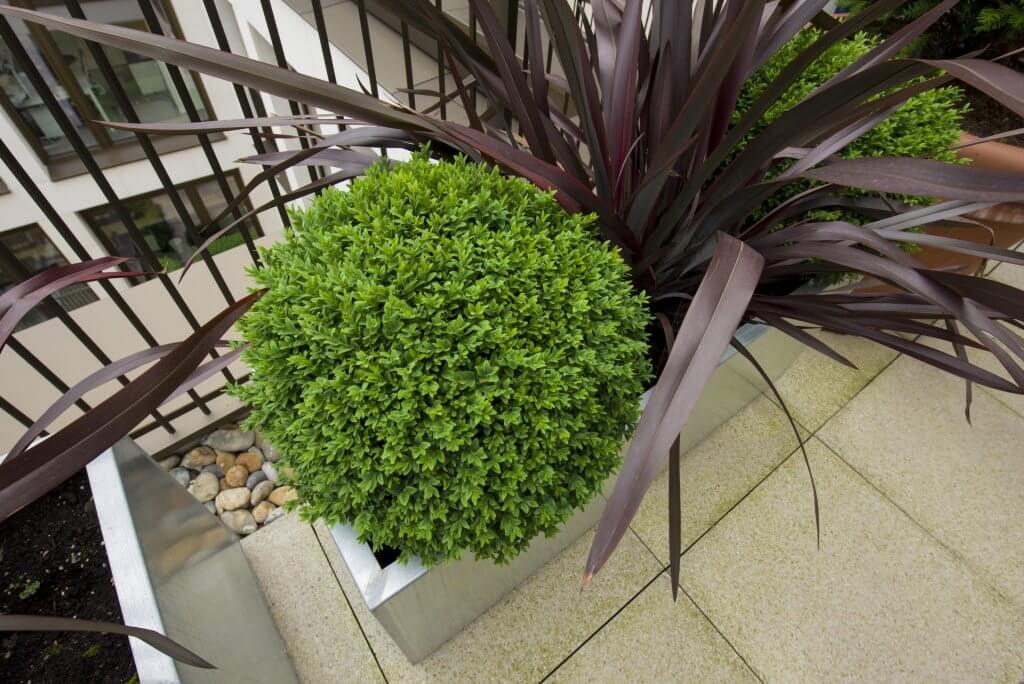
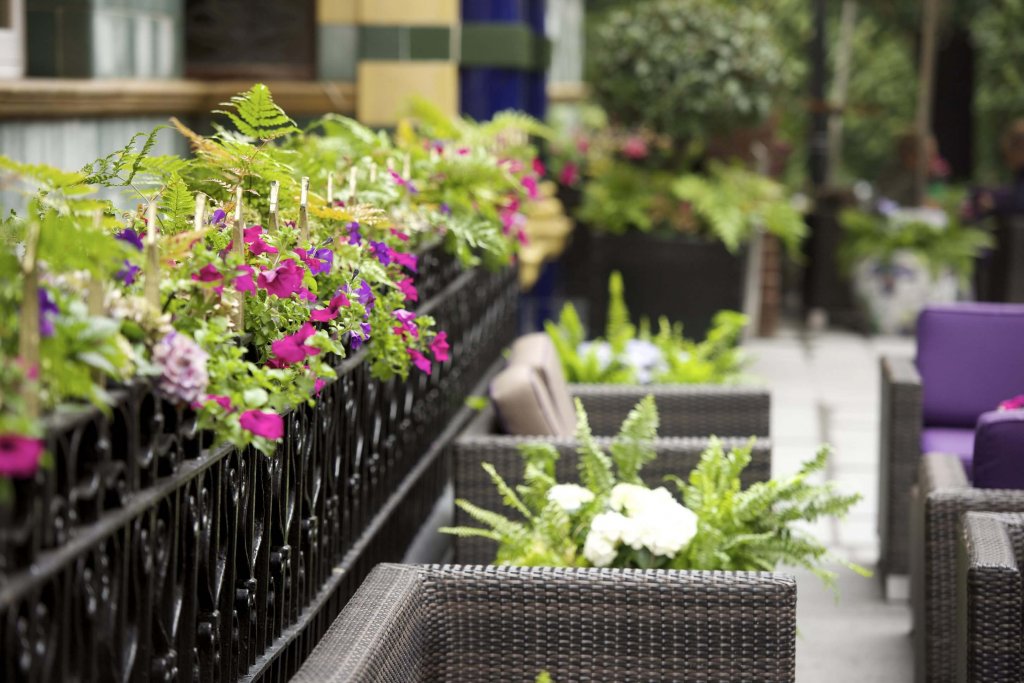
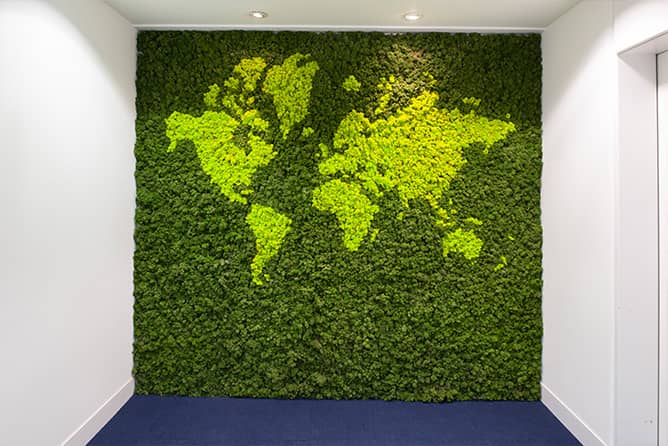
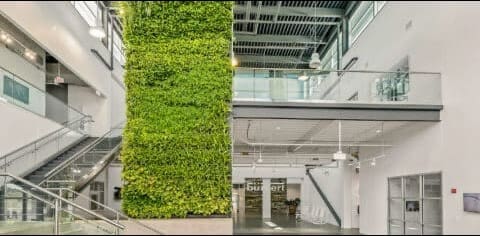
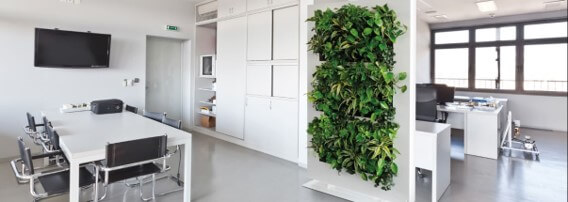
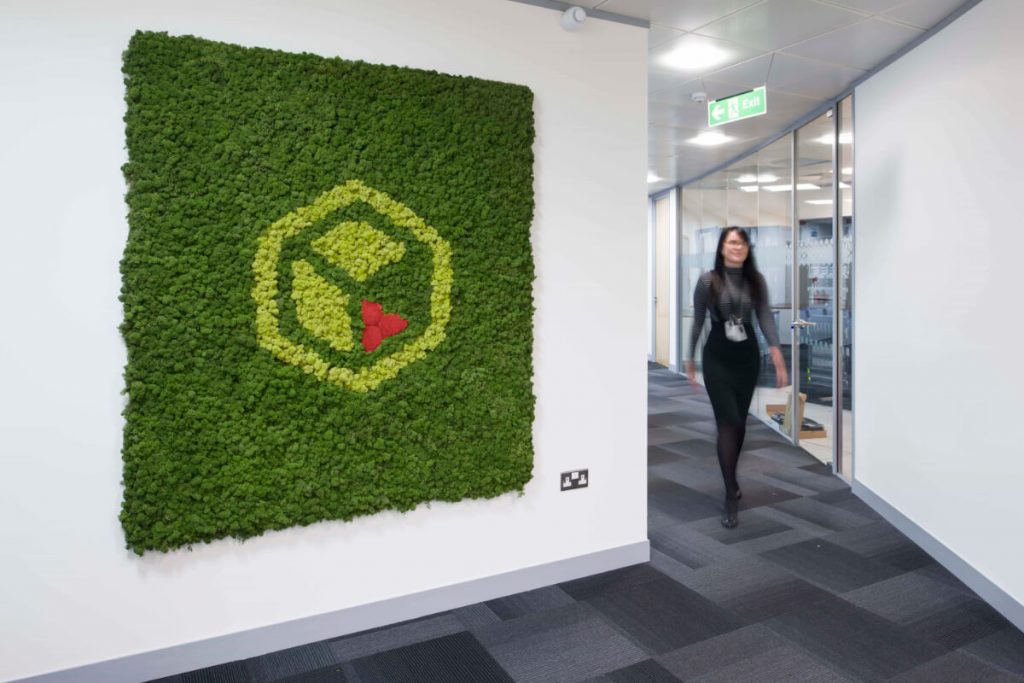


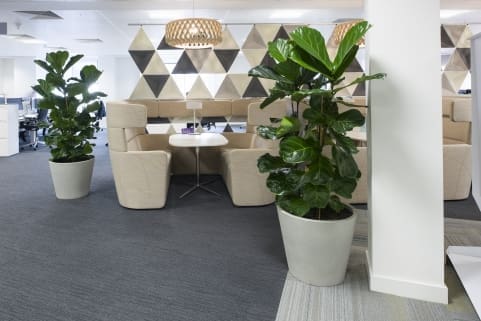
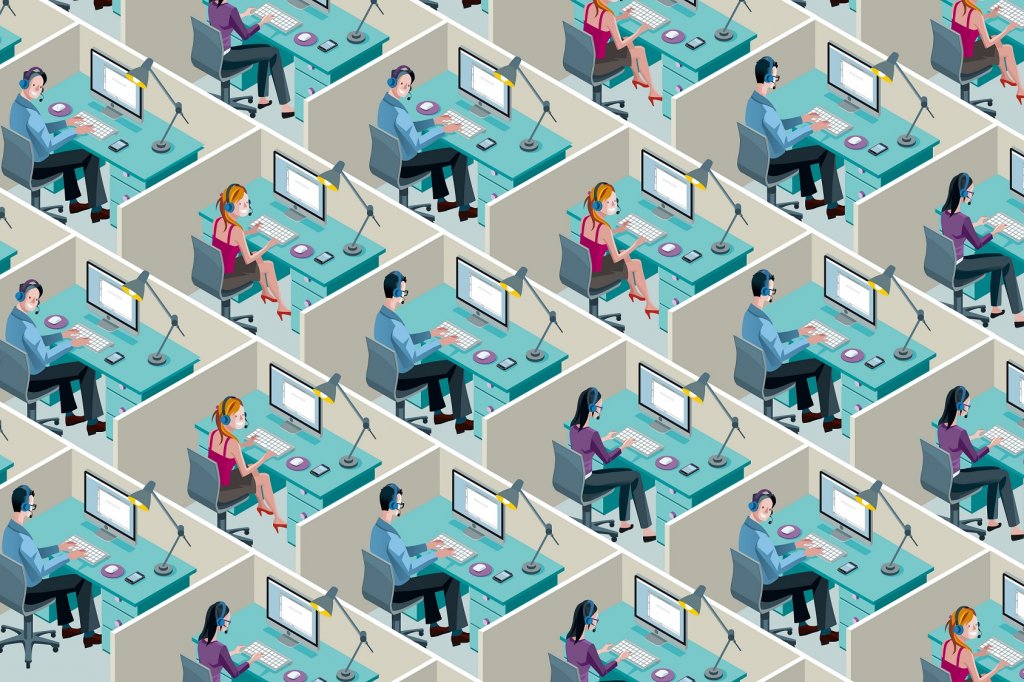
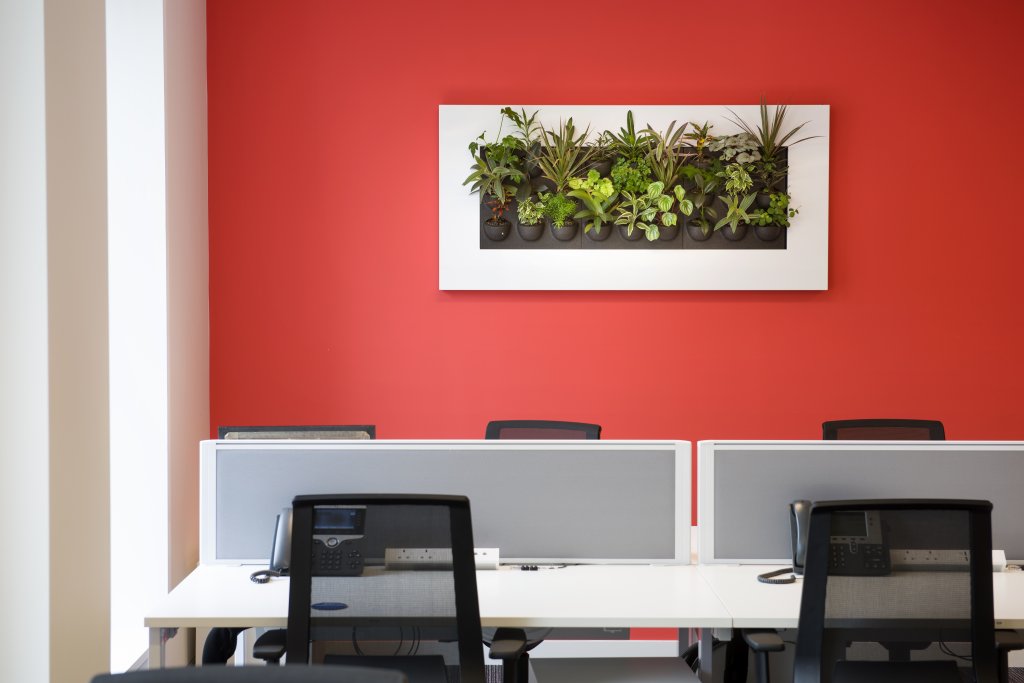
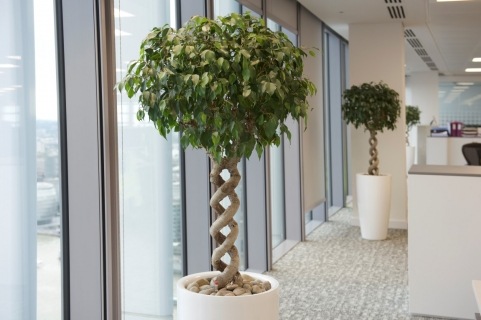
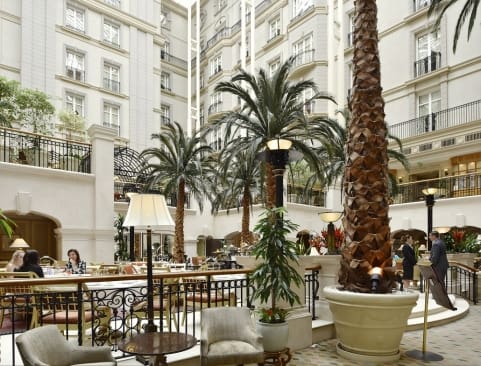
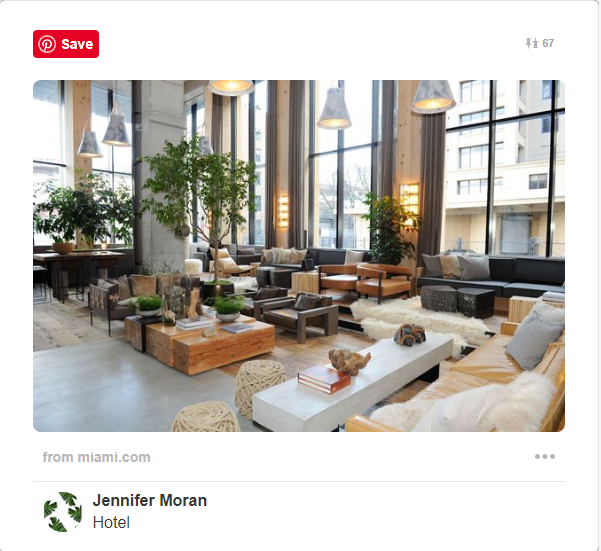
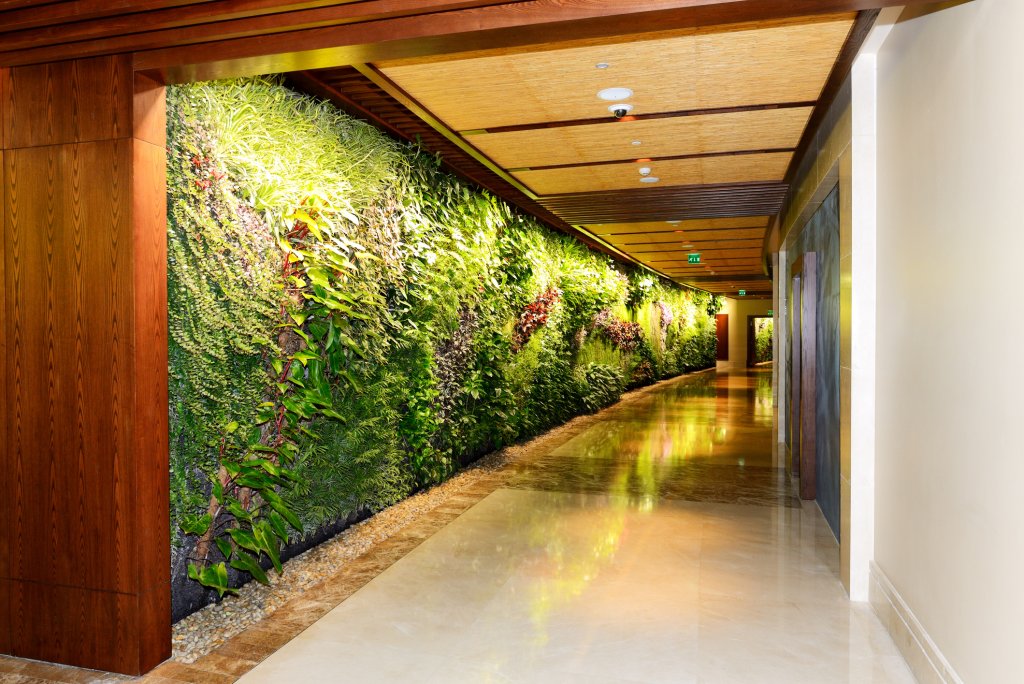
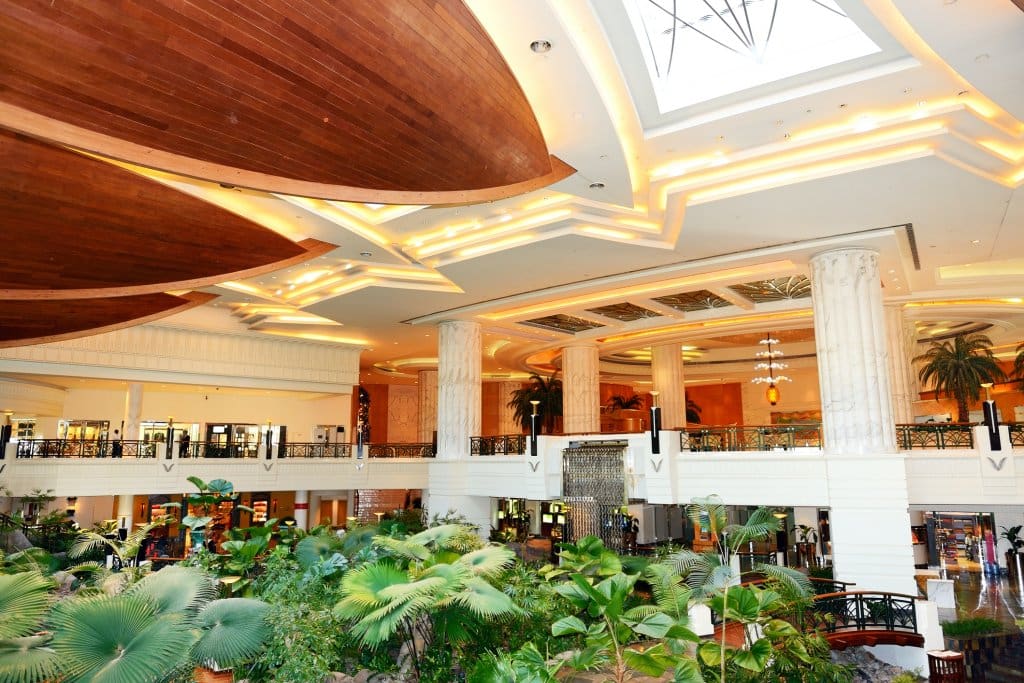
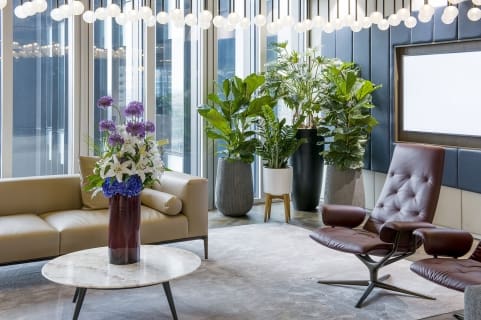
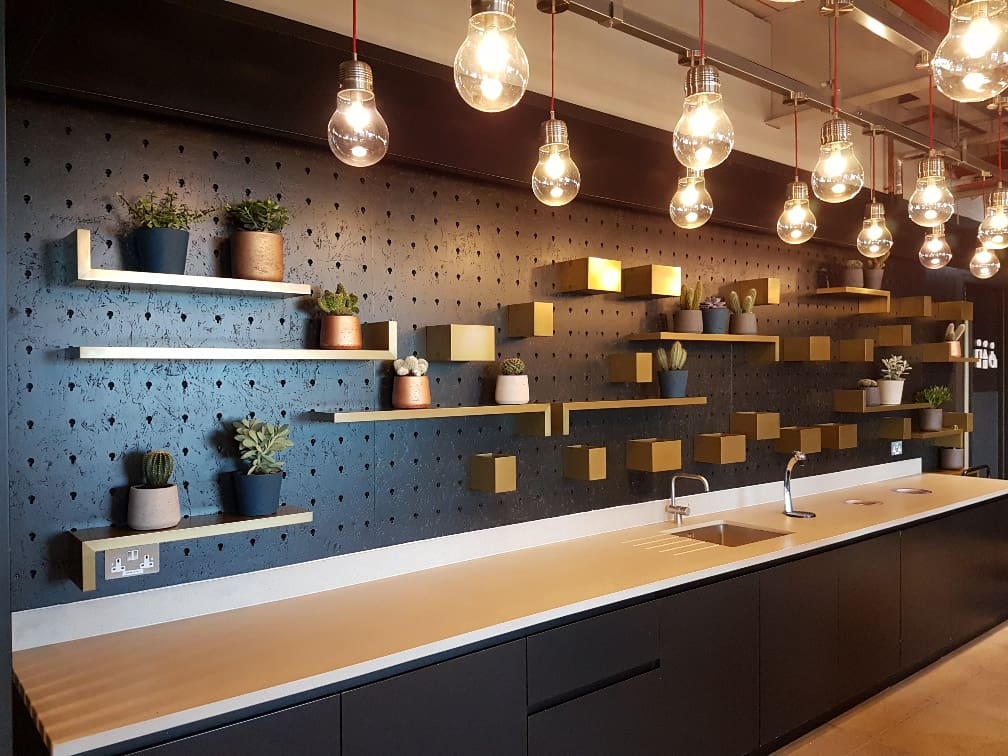 These plants work especially well on a smaller budget, and they show just how important quality products and design planning are when incorporating plants in your décor.
These plants work especially well on a smaller budget, and they show just how important quality products and design planning are when incorporating plants in your décor.